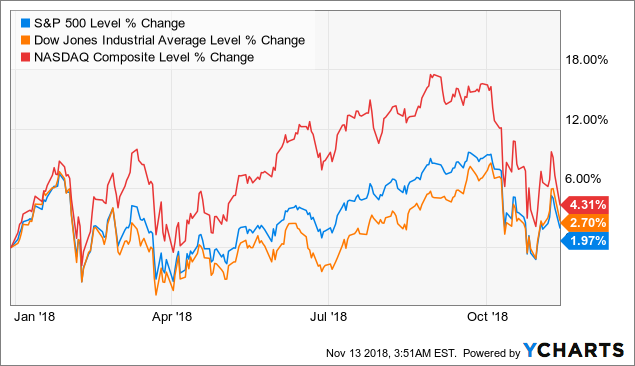via seekingalpha:
Summary
State and local pension plans are seriously underfunded even with optimistic return assumptions.
Given where interest rates and equity valuations are today, more realistic return assumptions will further inflate the liabilities.
There is a shift towards defined contribution or hybrid models, but the rate of change is very slow and often only applies to new pensions.
The legal protection for pension promises is one of the reasons why this continues to be kicked down the road.
Overview
Allow me to start off with a quick clarification on a few points even though this might be well understood by many readers. Defined Contribution pension plans refer to money being put away and the pension is directly linked to that pot of money, the pension will vary based on the sum of money saved and the return on the investment. The money can be put away by the employee and/or the employer. Defined Benefit pension plans primarily come from the employer and are usually determined by factors like years of employment, final salary, age of retirement and sometimes an annual increase after retirement. That annual increase can be a fixed percentage or linked to a core inflation number, for example. The problem with defined benefit plans is that there is no direct link between the assets put away and the liabilities to pay the pensioners. If you make unrealistic assumptions about expected returns and/or don’t set aside enough money, you end up with an underfunded pension plan.
Based on history and human nature, defined benefit plans often run into problems as we always prefer to pay for something tomorrow rather than today. Defined benefit systems drastically decreased in the private sector a while back, at least for new policies. This change has lagged in the public sector and I aim to discuss the implications of that in this article.
Another term I will use throughout the article is the funding ratio. The formula below looks simple enough, but the main sticking point is the discount rate used for the liabilities. Because liabilities might be discounted 50+ years out into the future, even small changes to the discount rate can make a massive difference in the present value of the liabilities and consequently the funding ratio.
 ^SPX data by YCharts
^SPX data by YCharts